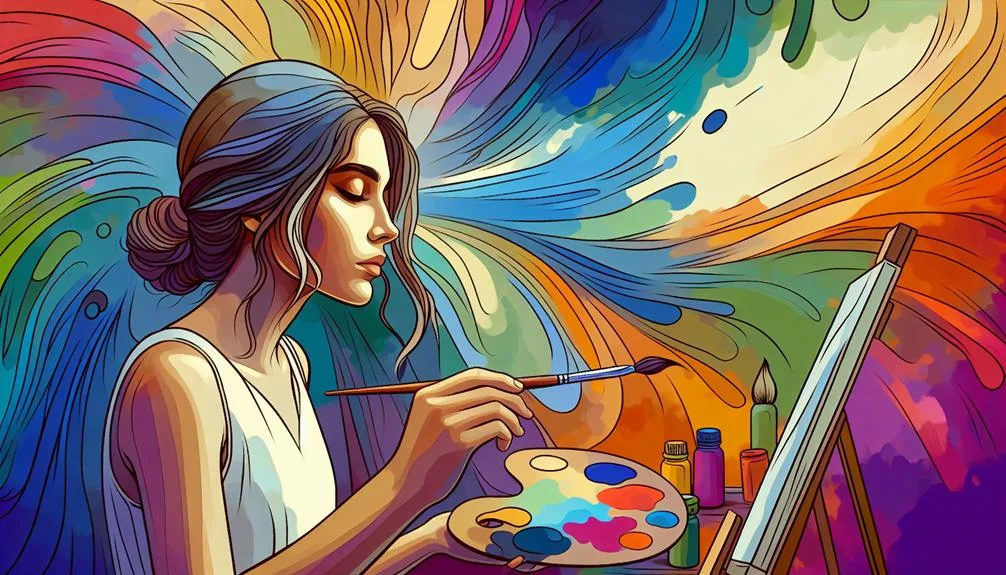You might be skeptical about the idea of mindfulness playing a role in improvisational art. After all, isn't improvisation all about being in the moment and going with the flow?
However, what if I told you that by incorporating mindfulness into your practice, you could tap into a deeper level of creativity and unleash your artistic potential like never before?
Mindfulness is not about stifling spontaneity, but rather, it is about enhancing your awareness and presence in the present moment.
In this discussion, we will explore the profound connection between mindfulness and improvisational art, and how the practice of mindfulness can unlock new dimensions of creativity within you.
So, are you ready to discover the transformative power of mindfulness in unleashing your creative potential?
Key Takeaways
- Mindful awareness enhances present-moment engagement and fosters a deeper connection to thoughts, emotions, and surroundings in improvisational art.
- Incorporating mindful breathing techniques facilitates a free-flowing stream of ideas and inspirations, allowing for a fluid and spontaneous approach to improvisation.
- Embracing mindfulness in improvisational art promotes openness and receptivity to new possibilities, embracing the unpredictable nature of the creative process.
- Cultivating present moment awareness and letting go of preconceived notions allows for the development of a creative flow and the ability to tap into intuition and respond spontaneously in improvisational art.
The Power of Mindful Awareness
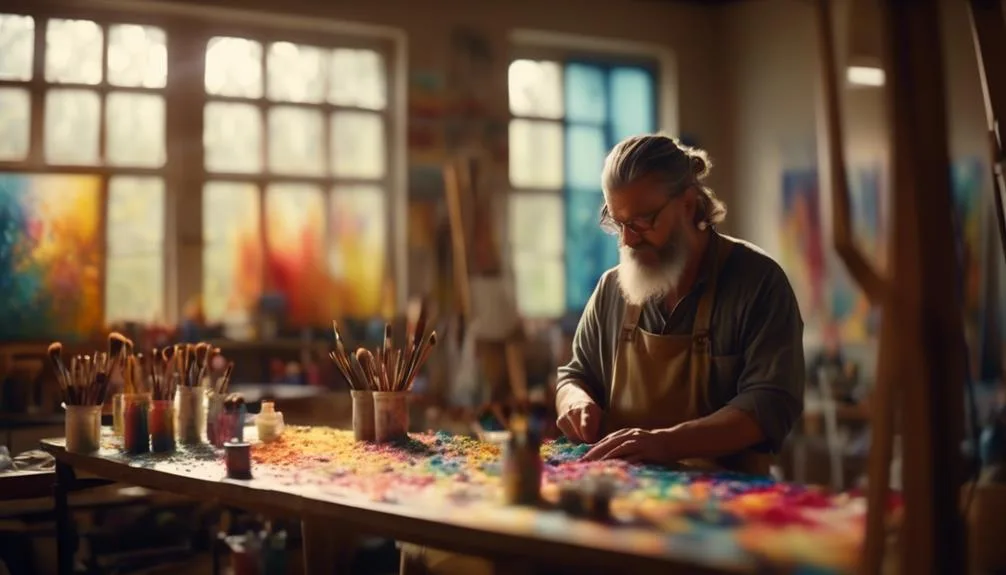
Mindful awareness holds immense power in enhancing the creative process and unleashing the full potential of improvisational art. By incorporating mindful breathing techniques, artists are able to cultivate a heightened sense of present-moment awareness, allowing them to fully immerse themselves in the creative act. This state of mindfulness enables artists to tap into their inner creativity, fostering a deeper connection to their thoughts, emotions, and surroundings. As a result, the process of creative expression becomes more authentic and impactful.
Mindful breathing serves as a gateway to unlocking the artist's imagination, facilitating a free-flowing stream of ideas and inspirations. By consciously focusing on the breath, artists are able to quiet the mind and let go of distractions, enabling them to access their innate creative potential. This heightened state of awareness allows for a more fluid and spontaneous approach to improvisational art, where ideas and expressions can emerge effortlessly.
In addition, mindful awareness also promotes a sense of openness and receptivity, allowing artists to embrace uncertainty and explore new possibilities. By remaining fully present in the artistic process, artists can let go of self-judgment and expectations, creating a safe space for experimentation and innovation. This receptive mindset allows for the exploration of new artistic territories, leading to breakthroughs and discoveries that may have otherwise remained hidden.
Embracing Spontaneity Through Mindfulness
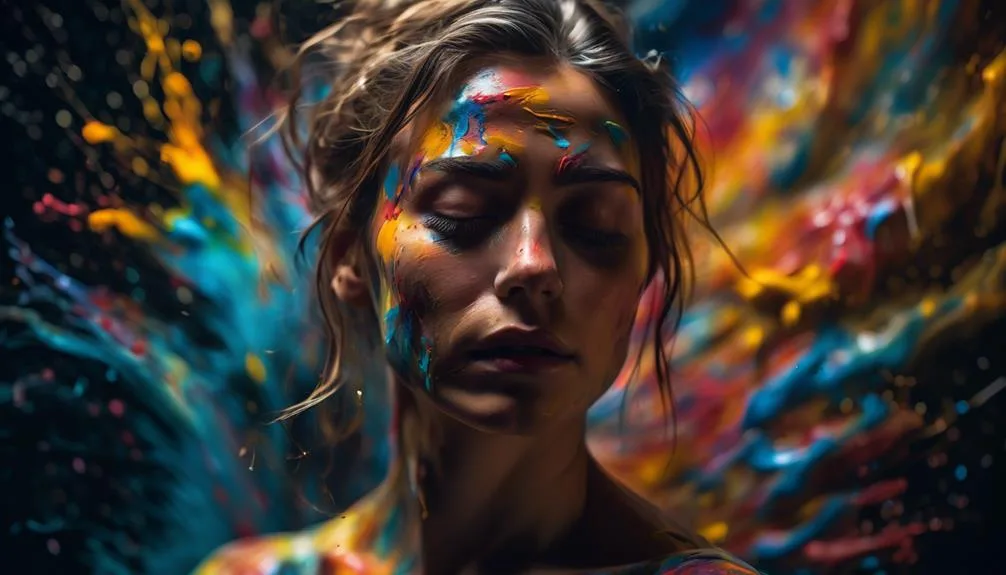
Embracing spontaneity through mindfulness allows you to fully engage with the present moment and tap into your creative flow.
By cultivating present moment awareness, you become attuned to the subtle cues and opportunities that arise in improvisational art.
This heightened state of mindfulness enables you to respond in the moment, unleashing your creative potential and embracing the unpredictable nature of the artistic process.
Present Moment Awareness
The ability to fully immerse yourself in the present moment is essential for embracing the spontaneity that comes with mindfulness in improvisational art. Present moment awareness, also known as present moment focus, is the practice of directing your attention to the here and now, fully engaging with your thoughts, emotions, and sensations in the present moment. By cultivating this mindful engagement, artists are able to tap into their creative potential and respond authentically to the ever-changing dynamics of improvisational art.
In improvisation, there is no script or predetermined outcome. It requires the artist to be fully present, to let go of preconceived notions, and to trust their instincts. The table below highlights the key differences between a fixed mindset and a present moment mindset:
| Fixed Mindset | Present Moment Mindset |
|---|---|
| Fear of failure | Embracing uncertainty |
| Sticking to a plan | Flexibility and adaptability |
| Overthinking | Trusting intuition |
| Ego-driven | Collaboration and cooperation |
Being in the present moment allows artists to tap into their innate creativity, as they are able to fully experience and respond to the unfolding improvisational process. It enables them to let go of judgment, self-consciousness, and fear, allowing their artistic expression to flow freely. By embracing present moment awareness, artists can unleash their creativity and create art that is truly spontaneous and authentic.
Cultivating Creative Flow
Cultivating creative flow in improvisational art requires a willingness to surrender control and embrace the spontaneous nature of the artistic process. By nurturing artistic expression and fostering creative exploration, artists can tap into their inner resources and unleash their full creative potential.
To cultivate creative flow, it's important to:
- Create a supportive environment: Surround yourself with a space that inspires and encourages artistic expression. This can be a dedicated studio or simply a corner of your home that's free from distractions.
- Embrace uncertainty: Embrace the unknown and let go of the need for a predetermined outcome. Trust in the process and allow yourself to take risks and make mistakes.
- Practice mindfulness: Stay present in the moment and observe your thoughts and emotions without judgment. By being fully present, you can tap into your intuition and respond spontaneously to the artistic impulses that arise.
- Embody playfulness: Approach your art with a playful mindset, letting go of self-judgment and perfectionism. Embrace the joy of experimentation and allow yourself to be surprised by the unexpected results.
Enhancing Creativity With Non-Judgmental Presence
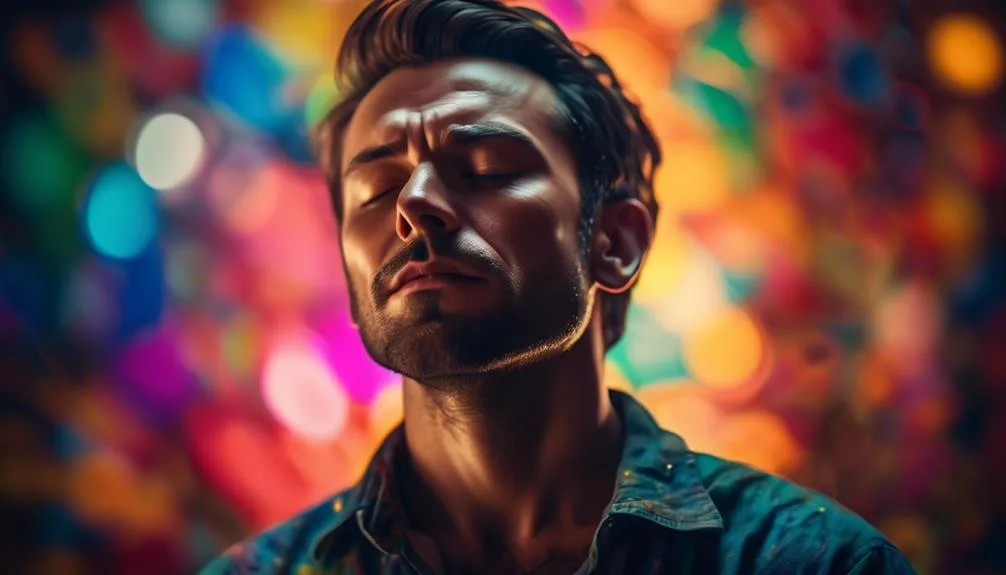
Practicing mindfulness in improvisational art allows for the enhancement of creativity through the cultivation of a non-judgmental presence. When you engage in non-judgmental observation, you free yourself from the constraints of self-criticism and external judgment. This enables you to explore new ideas and take risks without fear of failure or rejection.
By adopting a non-judgmental attitude, you create a safe space for creative exploration. You become open to the possibilities that arise in the present moment, without being tied to preconceived notions or expectations. This openness allows for a more fluid and spontaneous approach to improvisation, where ideas can flow freely and new connections can be made.
The non-judgmental presence cultivated through mindfulness also helps you develop a deeper understanding and acceptance of yourself as an artist. It allows you to embrace your unique perspective and artistic voice, rather than comparing yourself to others or seeking external validation.
Cultivating Inspiration Through Mindful Observation
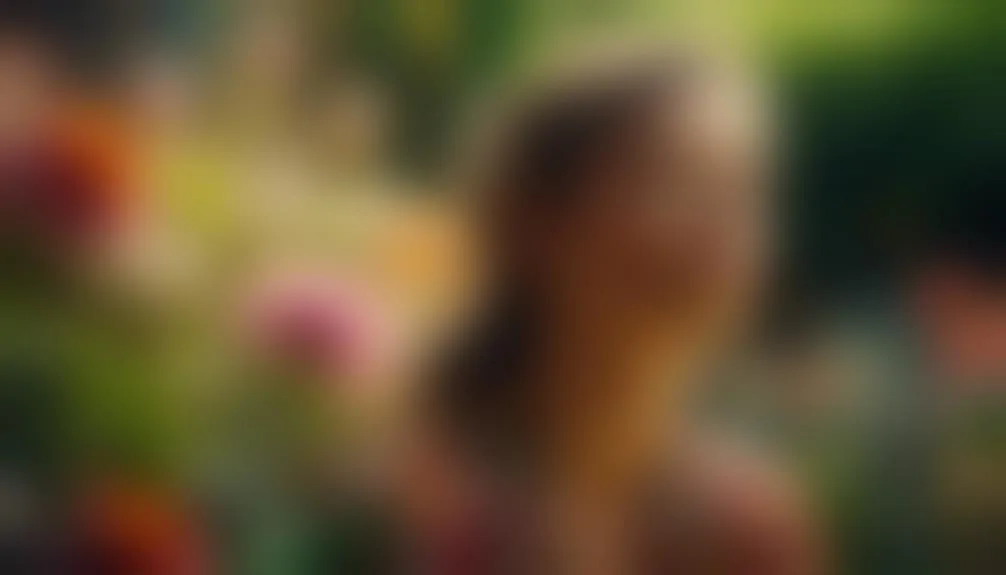
Engaging in mindful observation during improvisational art fosters the cultivation of inspiration and a deeper connection to the creative process. By practicing mindfulness, artists can develop a heightened sense of curiosity, allowing them to explore their surroundings with a fresh perspective.
Mindfulness practices for artists involve being fully present in the moment, paying close attention to the details of their surroundings, and letting go of any preconceived notions or judgments. This allows artists to notice subtle nuances, patterns, and textures that might otherwise go unnoticed.
The act of observing mindfully can spark new ideas, ignite inspiration, and invite a sense of wonder into the creative process. Through mindful observation, artists can tap into their innate curiosity, leading to a more meaningful and authentic expression of their art.
The Connection Between Mindfulness and Improvisational Art
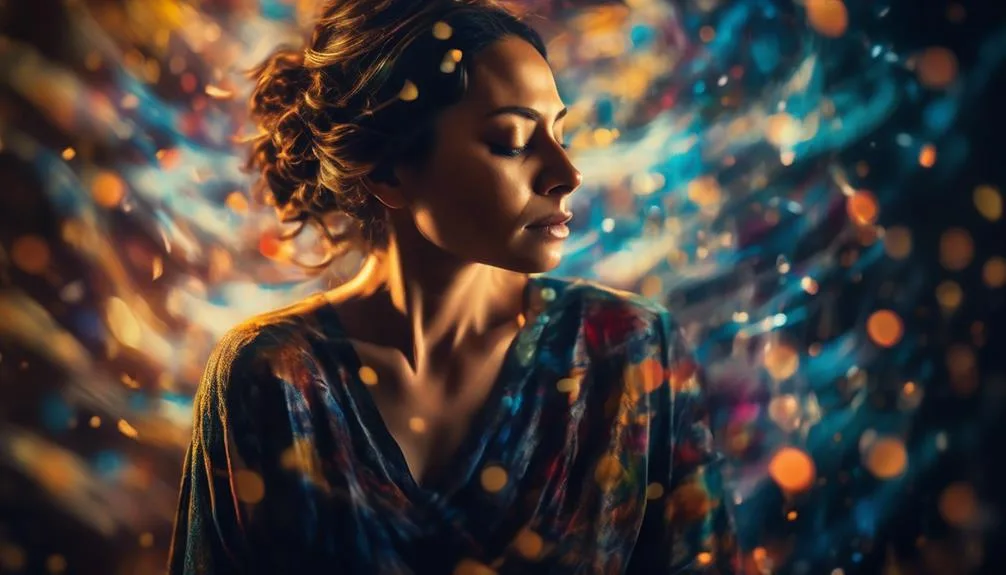
When exploring the connection between mindfulness and improvisational art, it becomes evident that mindfulness has the potential to enhance artistic spontaneity.
By cultivating present moment awareness, artists are able to fully immerse themselves in the creative process, allowing for a more authentic and uninhibited expression of their art.
This heightened state of awareness enables artists to tap into their intuition and respond in the moment, resulting in truly unique and transformative improvisational performances.
Enhancing Artistic Spontaneity
The cultivation of mindfulness can significantly enhance the spontaneity and artistic expression found in improvisational art. When artists practice mindfulness, they're able to tap into their creative potential and respond intuitively in the moment.
Here are four ways in which mindfulness enhances artistic spontaneity:
- Heightened awareness: Mindfulness allows artists to be fully present and attuned to their surroundings, enabling them to notice subtle details and nuances that can inspire their improvisational techniques.
- Non-judgmental mindset: By cultivating a non-judgmental attitude, artists can let go of self-doubt and criticism, freeing themselves to explore new ideas and take risks in their artistic expression.
- Emotional openness: Mindfulness helps artists to connect with their emotions and express them authentically in their improvisational art, leading to more genuine and heartfelt performances.
- Flow state: When artists are in a state of mindfulness, they enter a flow state where time seems to disappear and creativity flows effortlessly. This state of flow enhances spontaneity and allows artists to fully immerse themselves in the artistic process.
Cultivating Present Moment Awareness
Cultivating present moment awareness is a foundational practice that allows artists to fully engage with the improvisational process and tap into their creative potential. Mindfulness, with its emphasis on being fully present in the moment, enables artists to connect with their senses and experience the world around them in a more vivid and profound way.
One technique that can help cultivate present moment awareness is mindful breathing. By focusing on the breath, artists can anchor themselves in the present moment and quiet the mind, allowing for a deep sense of presence and concentration. This heightened state of awareness can enhance an artist's ability to respond spontaneously to their surroundings, opening up new possibilities for creative expression.
Additionally, cultivating sensory awareness is another important aspect of present moment awareness. By paying attention to the sights, sounds, smells, tastes, and textures of their environment, artists can tap into a rich tapestry of sensory information that can inspire and inform their improvisational art.
Unleashing Your Creative Potential With Mindfulness
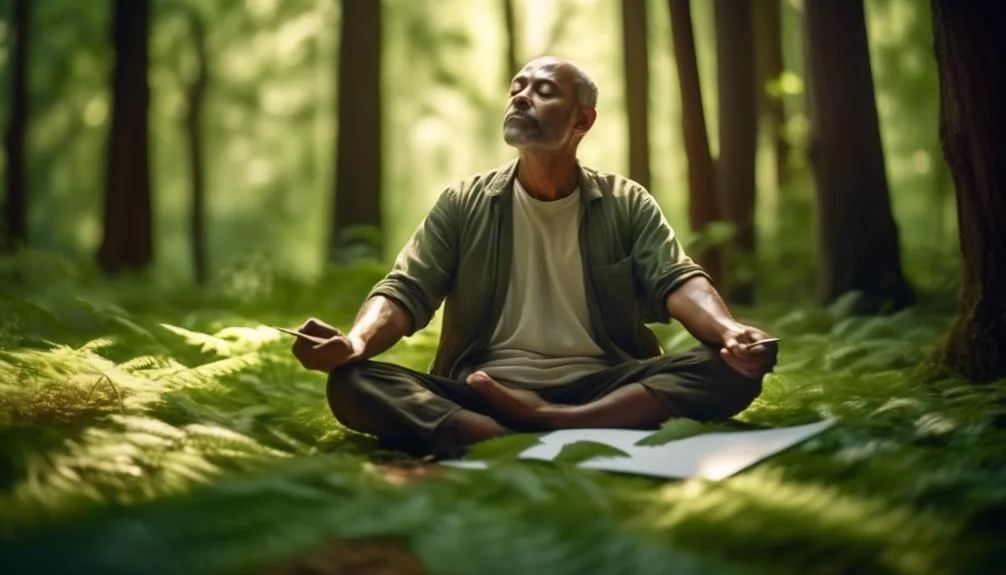
To unlock your full creative potential, incorporating mindfulness into your artistic practice is a transformative tool that fosters deep self-awareness and enhances your ability to access the limitless depths of your imagination. Mindfulness techniques can help you tap into the wellspring of creativity within you and unleash your true artistic potential. Here are four ways in which mindfulness can support and enhance your creative journey:
- Cultivating present moment awareness:
Mindfulness allows you to fully immerse yourself in the present moment, enabling you to observe and appreciate the world around you with fresh eyes. This heightened awareness opens up new possibilities and inspires innovative ideas.
- Quieting the inner critic:
Mindfulness helps you become aware of the critical thoughts and judgments that can stifle your creativity. By observing these thoughts without attachment or judgment, you can create a safe space for experimentation and risk-taking.
- Enhancing focus and concentration:
Mindfulness practices, such as meditation, improve your ability to sustain attention and stay focused on your artistic process. This heightened focus allows you to dive deeper into your work and explore new creative avenues.
- Embracing uncertainty and embracing imperfection:
Mindfulness teaches you to embrace the unknown and let go of rigid expectations. By cultivating an attitude of curiosity and acceptance, you can embrace the inherent uncertainty of the creative process and allow yourself to make mistakes and learn from them.
Incorporating mindfulness into your artistic practice can unleash your creative potential and bring forth a rich tapestry of ideas and expressions. By cultivating deep self-awareness and embracing the present moment, you can tap into the boundless well of creativity within you and create art that's truly transformative.
Frequently Asked Questions
How Does Mindfulness Practice Specifically Benefit Improvisational Art?
Mindfulness practice benefits improvisational art by enhancing focus, awareness, and presence in the present moment. This enables performers to tap into their creativity, make quick decisions, and seamlessly adapt to the ever-changing dynamics of the performance.
Can Mindfulness Be Used as a Tool for Overcoming Creative Blocks in Improvisation?
Mindfulness can serve as a powerful tool for overcoming creative blocks in improvisation. By incorporating mindfulness techniques, you can cultivate a state of focused awareness that enhances your creative flow and allows new ideas to emerge effortlessly.
Are There Specific Mindfulness Techniques That Can Be Applied to Enhance Creativity in Improvisational Art?
To enhance your creativity in improvisational art, you can apply specific mindfulness techniques. These techniques help you stay present, focused, and open to new ideas, allowing your creativity to flow effortlessly and unbounded.
How Does Non-Judgmental Presence Play a Role in the Creative Process of Improvisational Art?
Non-judgmental presence is like a blank canvas for your mind, allowing the colors of creativity to flow freely in the art of improvisation. It enhances artistic expression by removing self-criticism and opening up new possibilities.
Can Mindfulness Help Artists Tap Into Their Intuition and Make More Spontaneous Artistic Choices in Improvisational Art?
Mindfulness can enhance your artistic expression by allowing you to tap into your intuition and make more spontaneous choices in improvisational art. It cultivates a state of non-judgmental presence, fostering creativity and enabling you to fully embrace the present moment.
Conclusion
In conclusion, mindfulness serves as the key that unlocks the vast realm of creativity in improvisational art. It acts as a guiding compass, allowing artists to navigate the uncharted waters of their imagination with grace and authenticity.
Like a painter's brush sweeping across a canvas, mindfulness enables artists to tap into their deepest emotions and channel them into their art, creating a masterpiece that's both captivating and transformative.
Through mindfulness, the limitless potential of creativity is unleashed, forever altering the artistic landscape.

